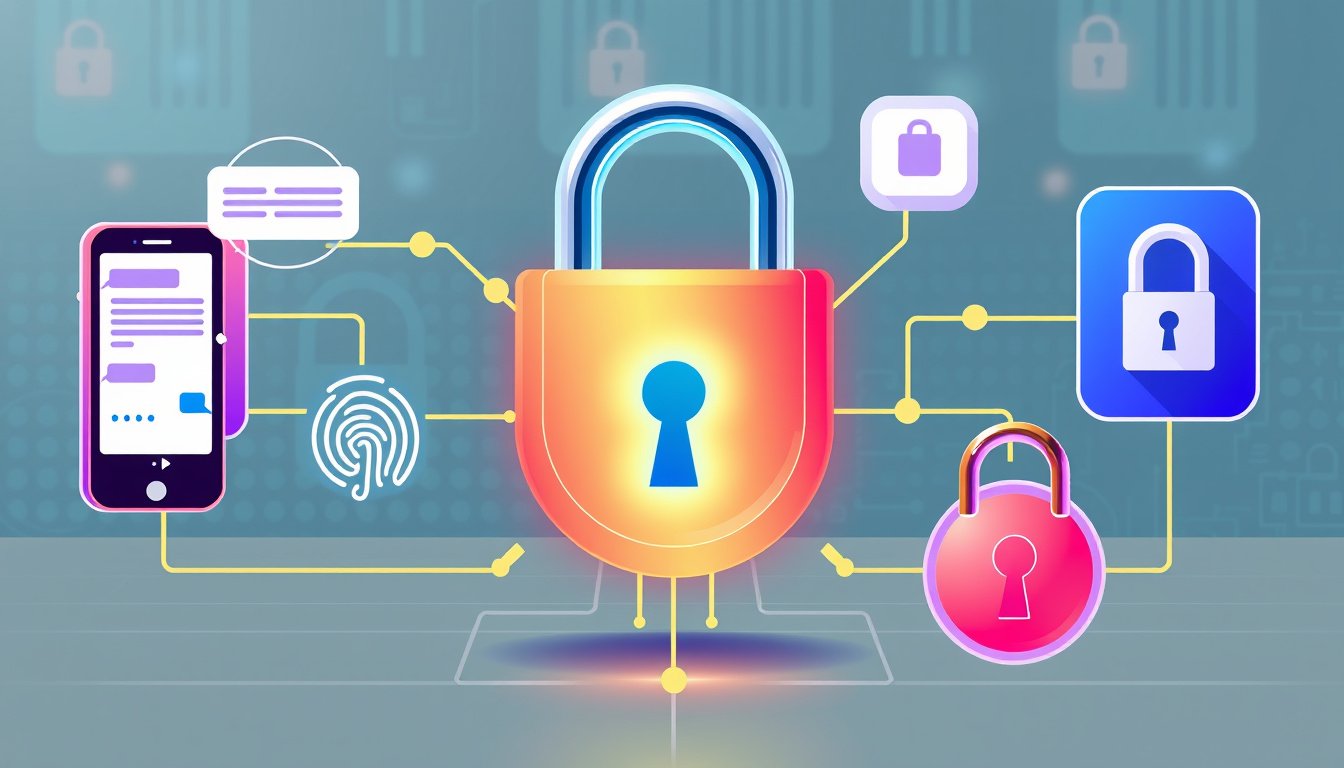
In today’s digital age, protecting your online accounts is more critical than ever. Passwords alone no longer provide sufficient defense against hackers and cyber threats. That’s why enabling two-factor authentication (2FA) has become an essential step in safeguarding your personal and sensitive information. This guide breaks down what 2FA is, why it’s important, and how you can enable it across various platforms to achieve ultimate security.

What Is Two-Factor Authentication?
Two-factor authentication (2FA) adds an extra layer of security to your online accounts by requiring two forms of identification before access is granted. Typically, this includes something you know, such as your password, and something you have, like a verification code sent to your phone or generated by an authenticator app.
For example, when signing into your Apple Account on a new device, you not only enter your password but also must input a six-digit verification code that’s automatically displayed on your trusted devices. This ensures that even if someone obtains your password, they cannot access your account without this additional verification step.
Why Is Enabling Two-Factor Authentication Important?
- Enhanced Security: Passwords can be guessed, stolen, or leaked. 2FA ensures that an attacker can’t gain entry without your second factor, drastically reducing the risk of unauthorized account access.
- Protection of Valuable Data: Many services store sensitive personal data, financial information, or provide access to other linked accounts. Securing these accounts with 2FA helps protect your data and privacy.
- Required for Certain Features: Some platforms, such as Apple Pay or gaming services like Epic Games’ Fortnite, mandate 2FA to enable specific functions such as using digital wallets, claiming free items, gifting, or competitive play.
- Peace of Mind: Knowing your accounts have a robust security layer helps prevent the stress and consequences of hacking incidents.
Common Methods of Two-Factor Authentication
-
Authenticator Apps: Apps like Google Authenticator, Microsoft Authenticator, Authy, or LastPass Authenticator generate time-based codes that you enter when logging in. These do not require mobile service for receiving messages and are considered very secure.
-
SMS Codes: This method sends a text message with a security code to your phone each time you log in. While convenient, it is less secure than authenticator apps due to risks like SIM swapping.
-
Email Codes: Some services send verification codes directly to your registered email address.
-
Trusted Devices: Platforms like Apple use "trusted devices" to display verification codes automatically, streamlining the sign-in process once you set up 2FA.
How to Enable Two-Factor Authentication
On Apple Devices:
-
iPhone/iPad:
Go to Settings > [Your Name] > Sign-In & Security > Tap Turn On Two-Factor Authentication and follow the instructions. -
Mac:
Navigate to Apple menu () > System Settings > [Your Name] > Sign-In & Security. Click Turn On next to Two-Factor Authentication. -
Web:
Visit account.apple.com, sign in, and follow the prompts to upgrade your account security.
Once enabled, when you sign in from a new device, a verification code will be sent or displayed on your trusted devices, or sent via SMS/email, ensuring safe access.
On Gaming Platforms (e.g., Epic Games):
- Sign in to your account at the platform’s official website.
- Go to the Password and Security section.
- Choose your preferred 2FA method from Authenticator App, SMS, or Email.
- Click Set up, enter the received or generated code to confirm activation.
- You can set one method as the primary way to receive authentication codes.
Tips for Using Two-Factor Authentication Effectively
- Set Up Multiple Methods: To avoid being locked out, consider enabling more than one 2FA method (e.g., authenticator app and phone number).
- Keep Trusted Devices Updated: Regularly review your list of trusted devices and phone numbers to ensure only your current devices have access.
- Use Strong Passwords Alongside 2FA: Two-factor authentication supplements but does not replace the need for strong, unique passwords.
- Be Wary of Phishing Attempts: Never share your verification codes or passwords with anyone. Legitimate services will never ask for your 2FA codes.
Conclusion
Two-factor authentication is a powerful and accessible tool that significantly bolsters the security of your online presence. By requiring a second form of verification, it ensures that your accounts remain protected even if your password is compromised. Whether you use Apple services, online gaming platforms, or other web accounts, enabling 2FA is a critical step toward safeguarding your data and enjoying peace of mind in the digital world.
Take a few minutes today to activate two-factor authentication and unlock the ultimate protection for your accounts.
With cyber threats on the rise, adding that extra layer of security is not just wise — it’s essential.









